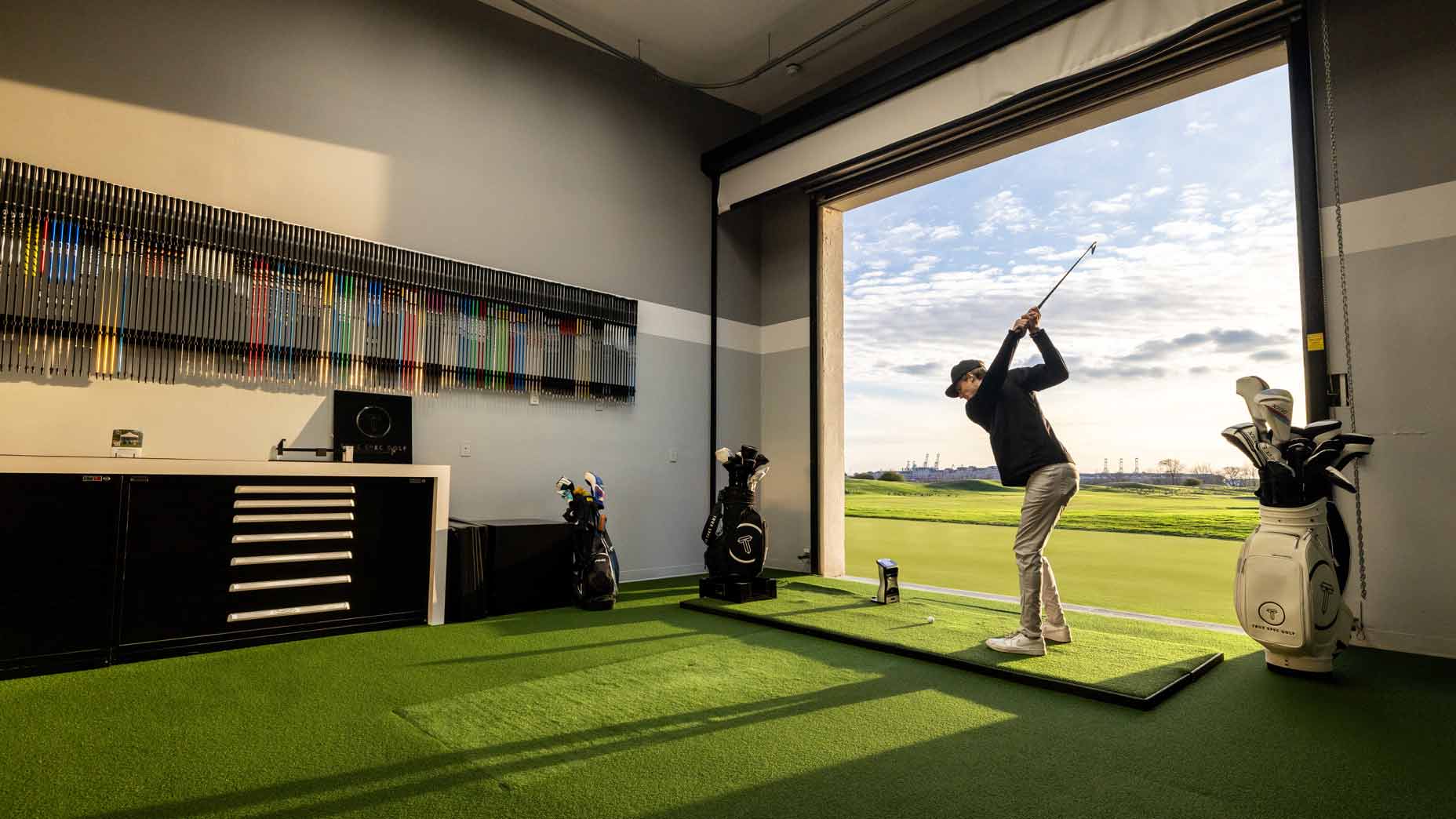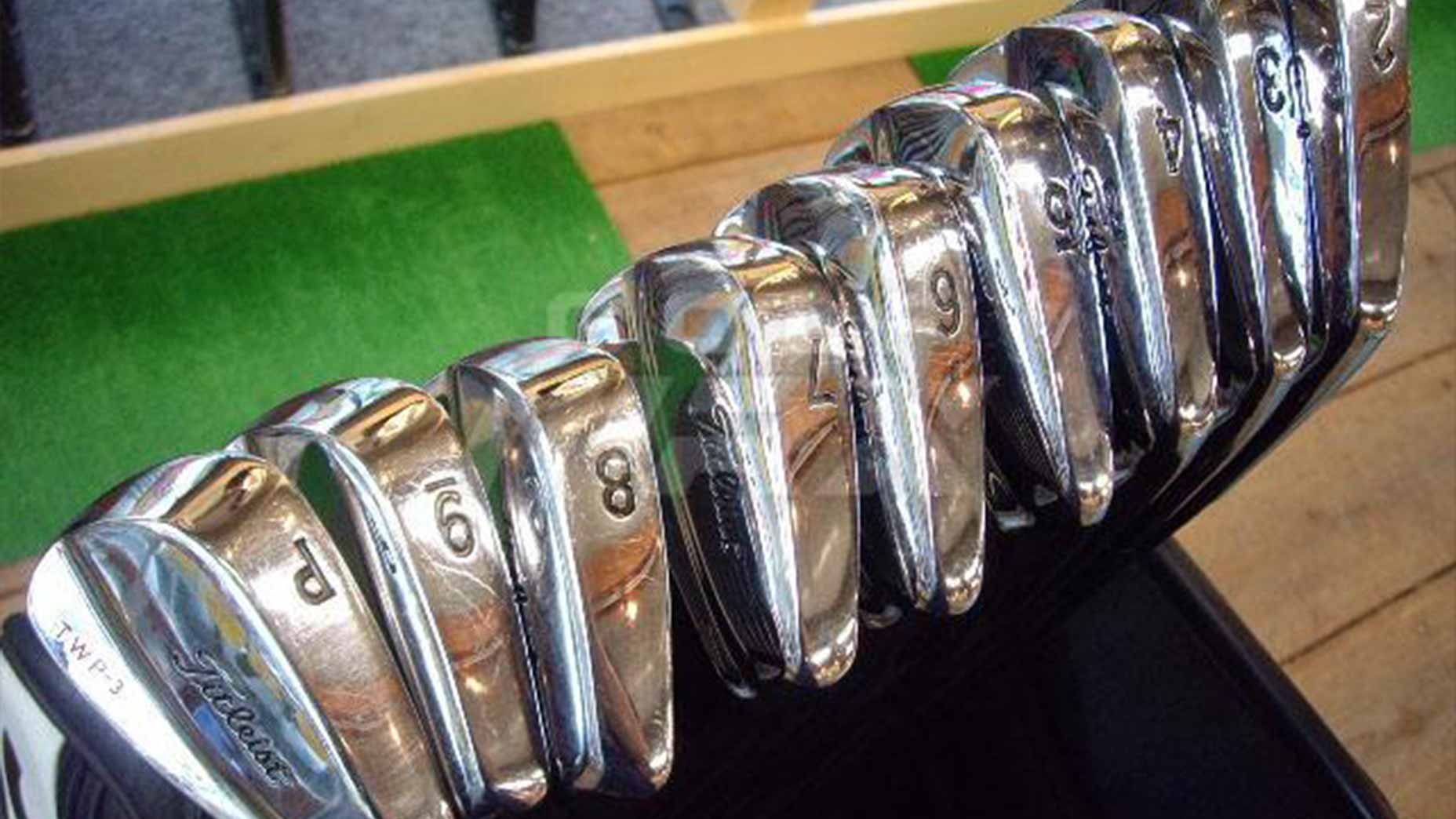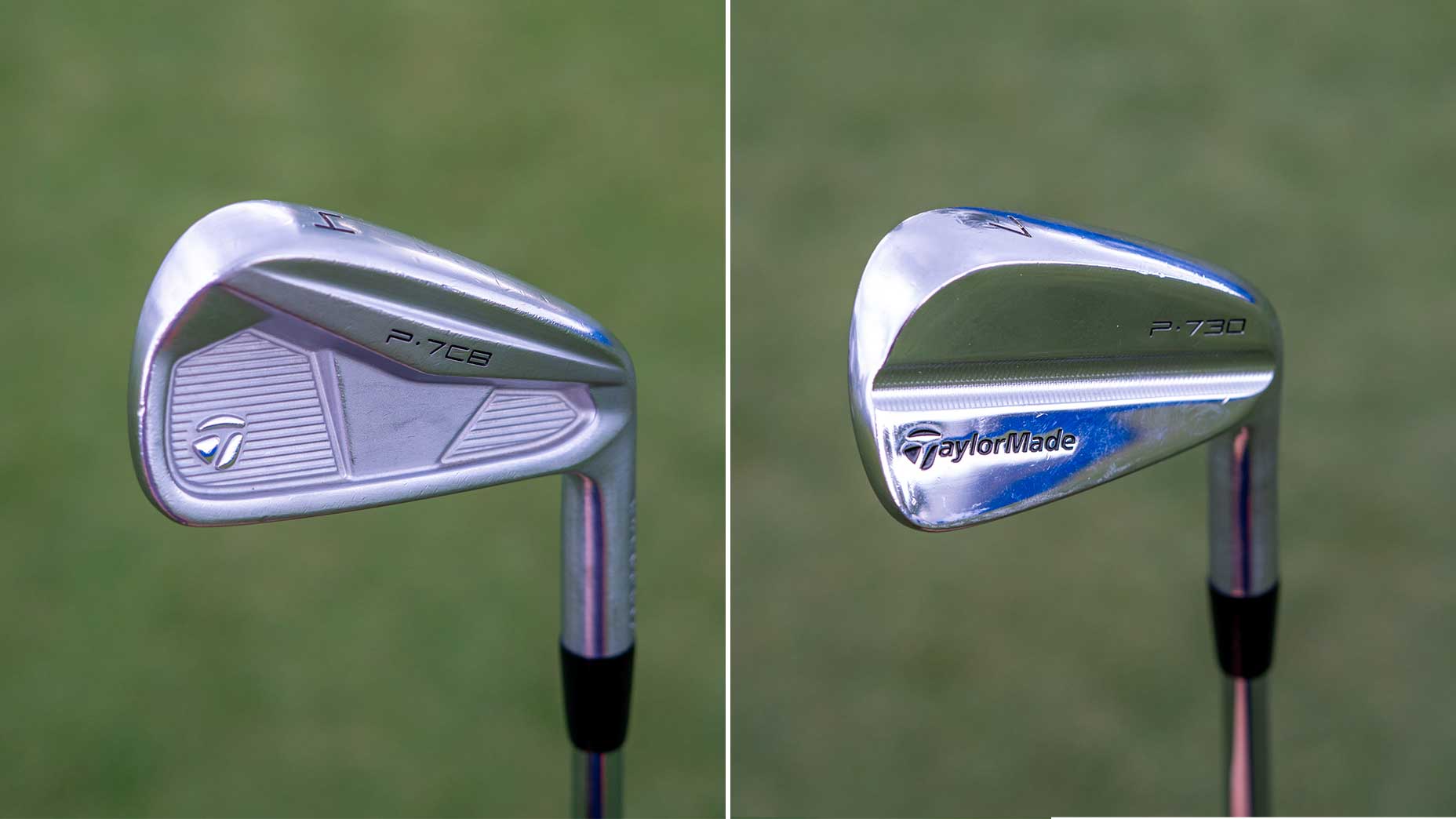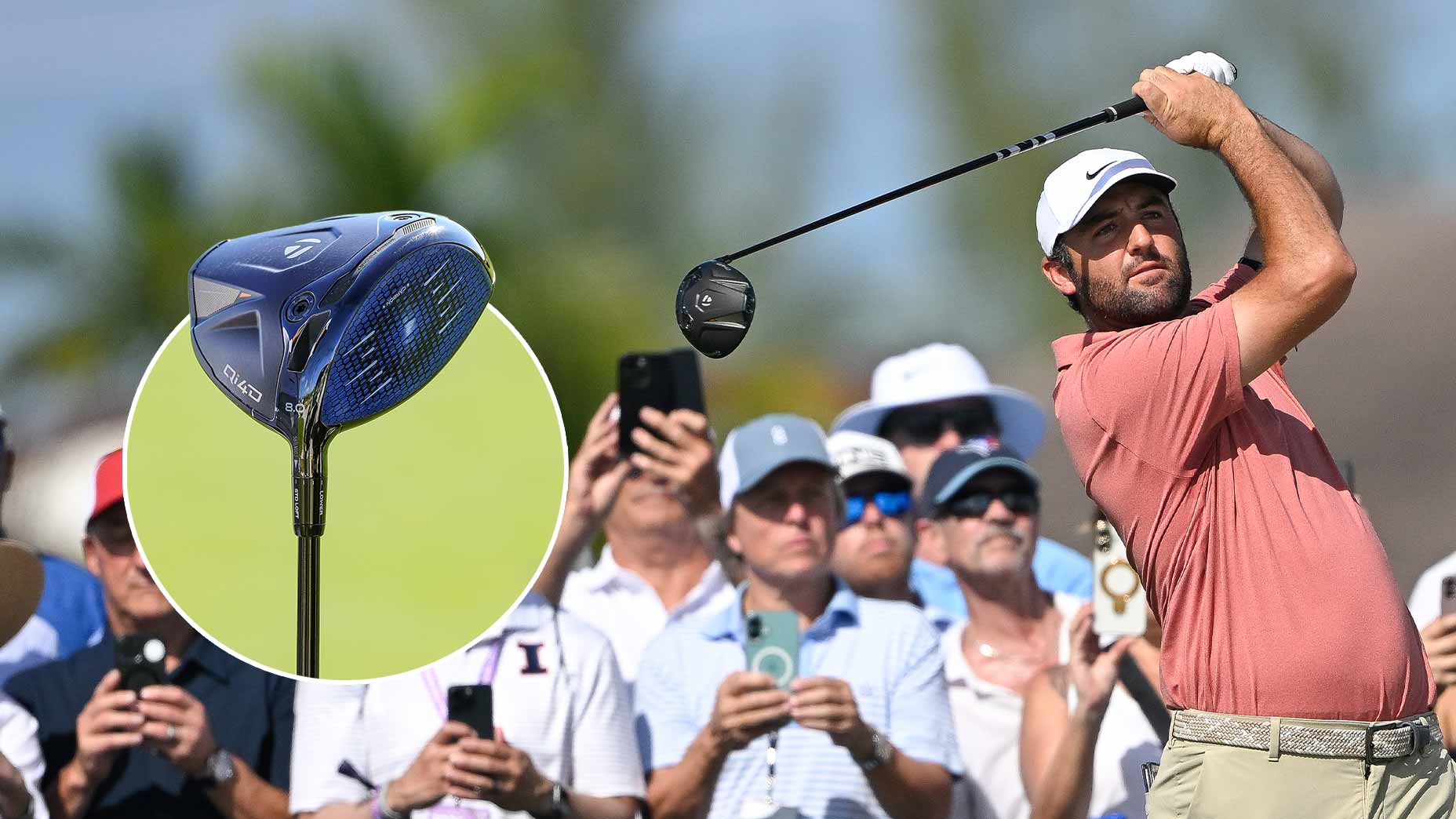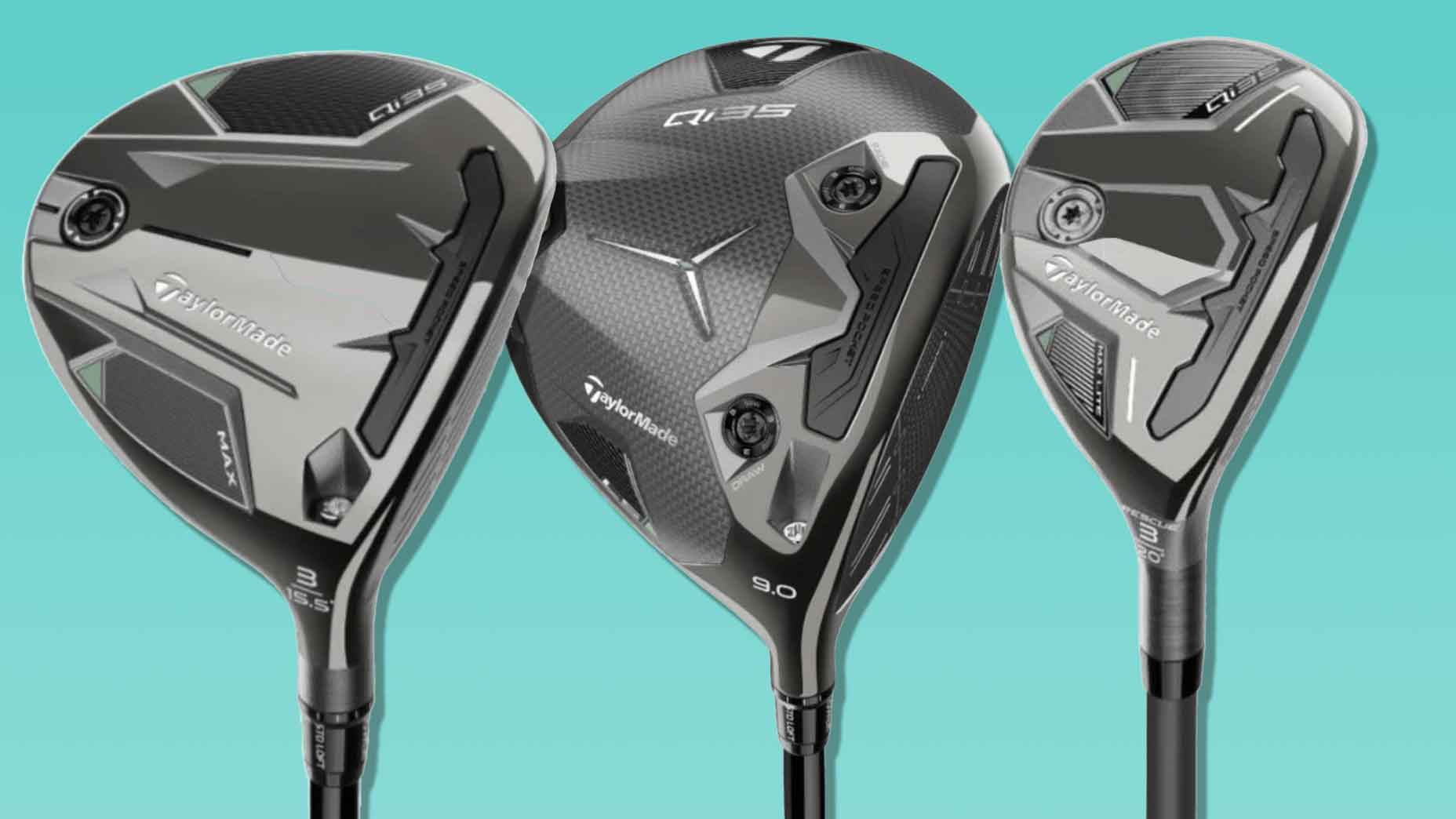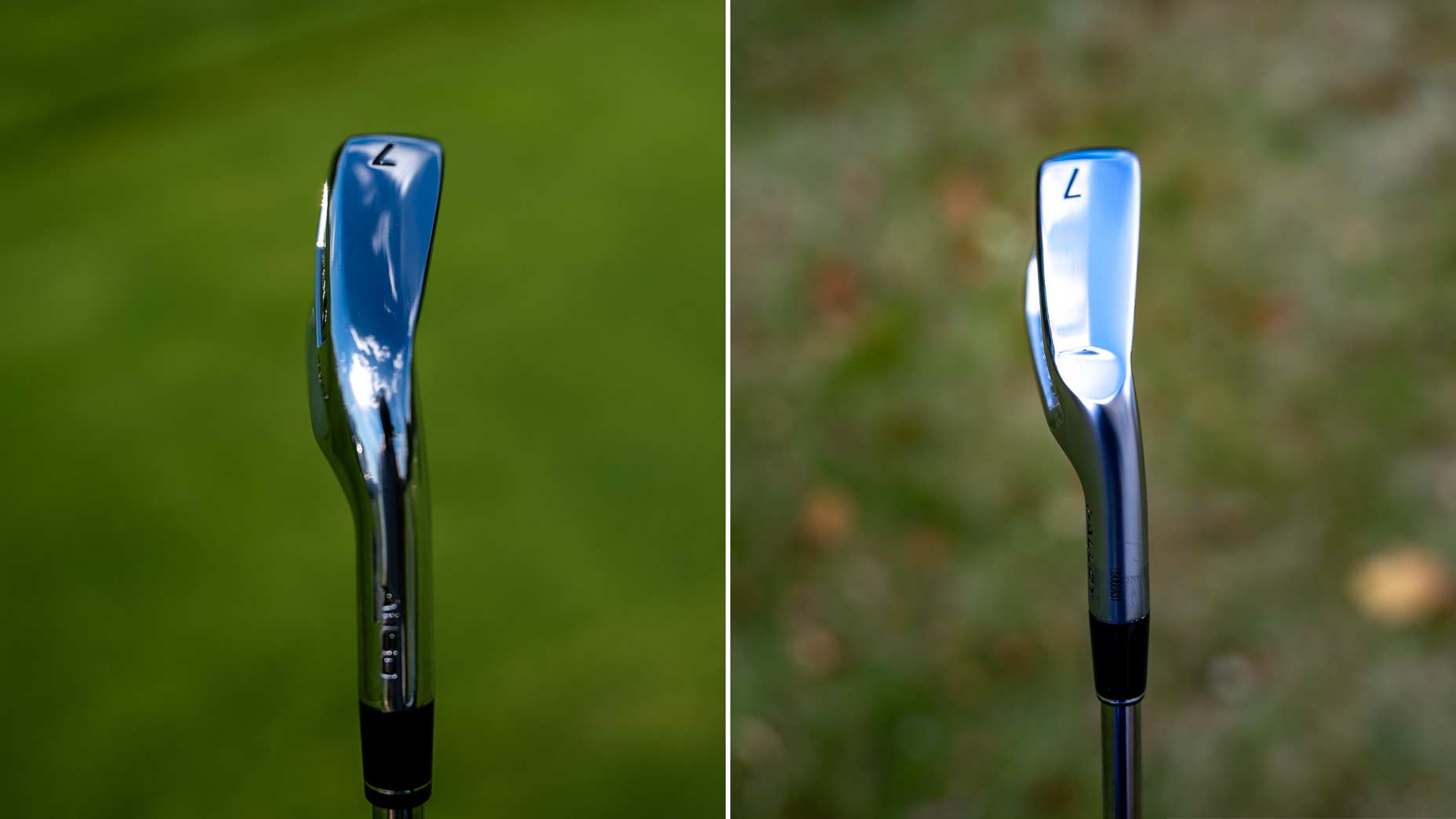Realizing everyone doesn’t have time to consume endless content on club launch day, we’re offering a fresh version of our detailed tech write-up that focuses on the high points. Here’s what you need to know about TaylorMade’s P7CB ($1,400/7-piece set) and P770 ($1,400/7-piece set) irons that will be available for pre-order through Fairway Jockey beginning 7/31 and at retail starting 8/6.
Tour adoption
Rory McIlroy doesn’t switch irons. Look at his current TaylorMade setup and you’ll find Rors Proto mid and short irons dating back to when he was first introduced as a staffer in 2017. The long irons followed a similar script until a surprise shakeup at the Valero Texas Open that saw McIlroy replace P760 with a cavity-back “Proto” 4-iron.
Golfers only see the new club in the bag, never the work being done behind the scenes. McIlroy was one of the first pros to test what would eventually become P7CB, but the session didn’t last more than a few minutes.
“When Rory came over to The Kingdom in late March, it literally took four swings to sell him on the iron,” Matt Bovee, TaylorMade’s global category director for irons, told GOLF.com. “The session was over and it went straight in the bag after he saw a higher launch and spin retaining. To see him switch that quickly and then win at Wells Fargo was extremely validating for the team. Winning before the iron was even released is pretty cool.
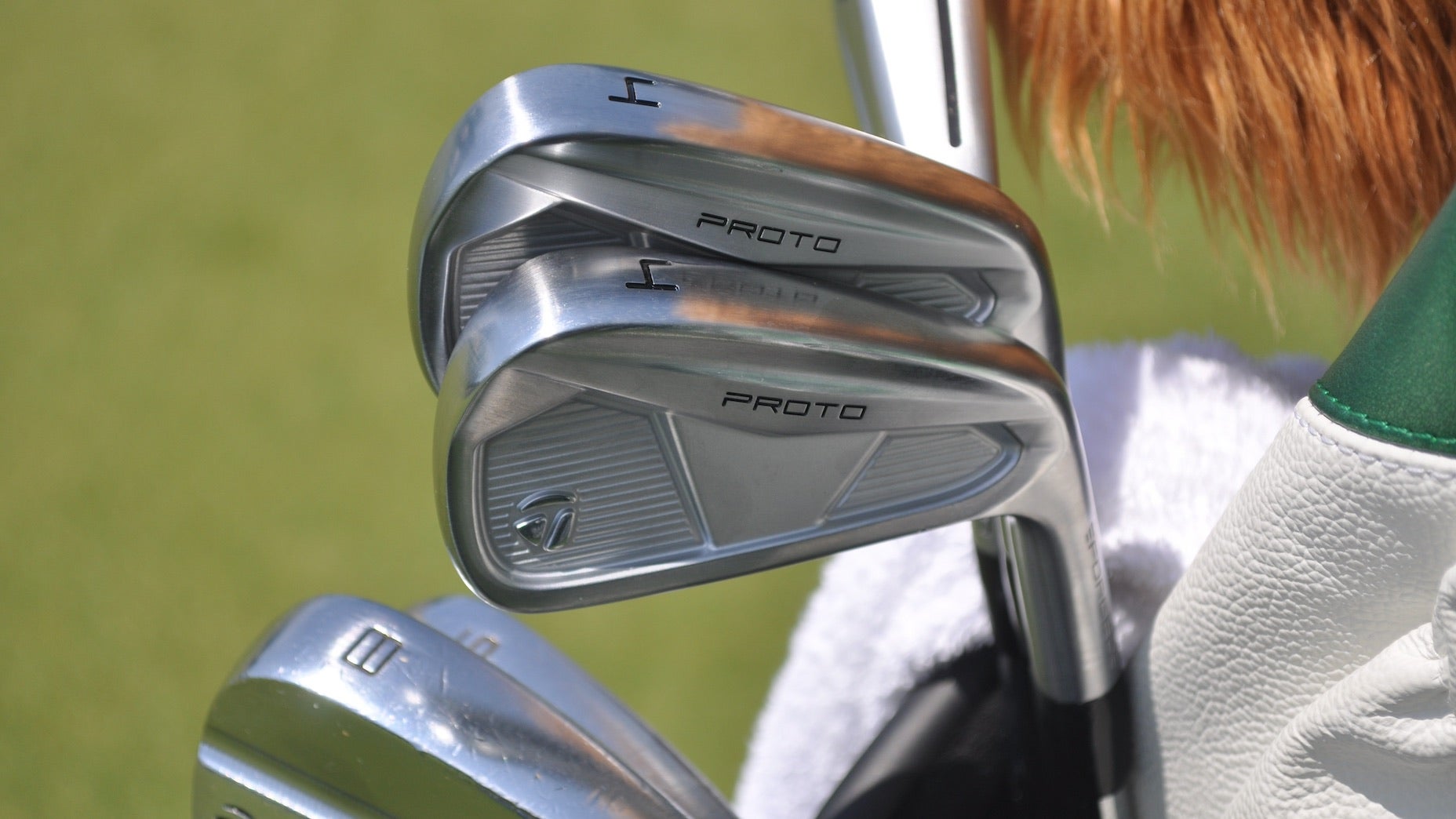
“With Rory, he generally doesn’t like to change irons. He’s been playing the Rors Proto irons forever. He’s been playing the 760s for a long time. It usually takes him a little bit more time to determine if an iron meets his needs. I was honestly surprised to see him make the change before the Masters.”
McIlroy’s immediate adoption of P7CB turned out to be just the start. In the weeks that followed, Collin Morikawa would add the 4-iron, in May, before extending it to a full set at the Genesis Scottish Open. Tommy Fleetwood inserted a 3-iron as well after seeing improved launch and spin conditions.
“Within five shots, both Collin and Tommy [Fleetwood] were ready to play them after we did testing at the RBC Heritage,” Bovee continued. “I’ve never been part of an iron that’s gotten so much early Tour adoption. It speaks a lot to the quality and versatility of the design, and what it’s intended to do. The shaping is where it needs to be and it fits their eye. Collin switching into the 5-9 at the Scottish Open also speaks very highly to the different types of turf the iron can play in.”
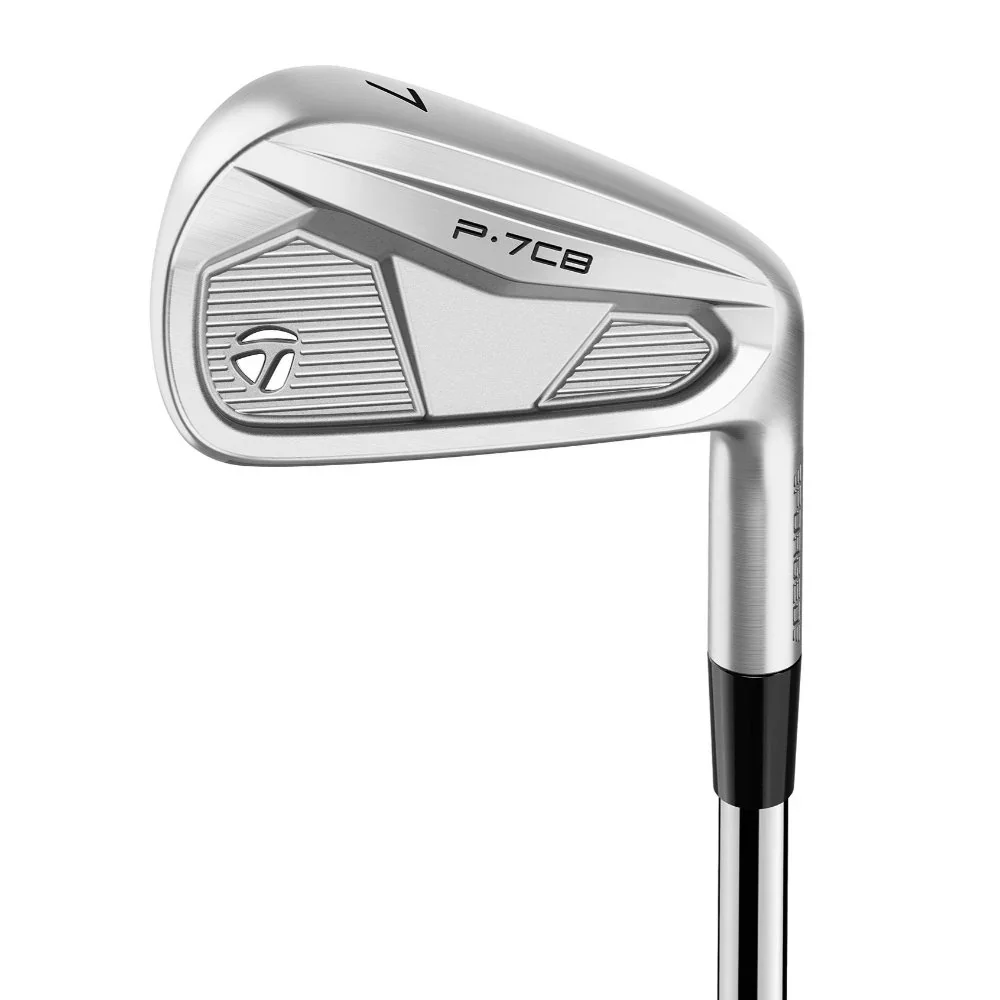
TaylorMade P7CB Custom Irons
Under the hood
Go through TaylorMade’s notes on P7CB and you’ll notice each 1025 carbon steel head goes through a five-step forging process that includes taking on 2,000 tons of pressure to produce a controlled microstructure. This is a fancy way of saying the irons look, sound and feel like a better-player cavity-back iron.
But don’t assume this is simply TaylorMade reheating the previous P7MC. Following the fourth step in the forging process, a pocket is machined out from the sole to accommodate a tungsten toe weight and low-density metal composite that fills up the remaining space in the void. Roughly seven times lighter than steel, the metal composite frees up 20 grams of discretionary mass to enhance stability.
“I don’t believe we’ve ever made a product that feels as good and is this forgiving in this head size,” Bovee said. “It’s a similar blade length to P7MC and only gets a little bit longer in the long irons where it has a taller face. And even with the taller face, we’re able to maintain a constant center of gravity instead of seeing it go up as you would with a taller face, which is so different in the long irons.”
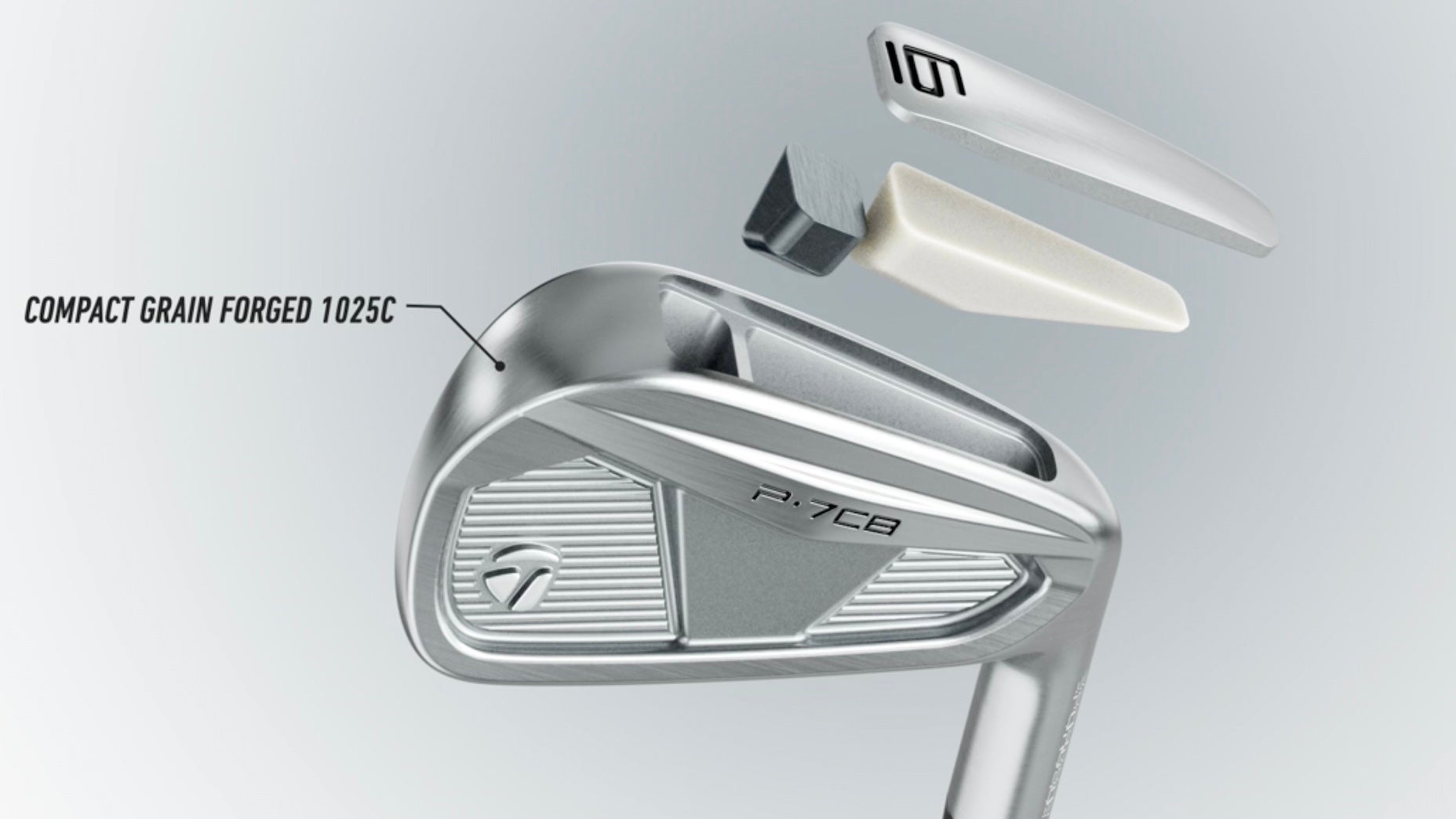
From there, a sole plate is forged to the head to make one solid body. Yes, the iron is technically a multi-material design, but you wouldn’t know it from looking at the head.
While a lot is going on underneath the P7CB hood, Bovee is quick to point out that TaylorMade’s latest better-player offering isn’t another P770 or P790. It’s geared for 5-handicaps and better who want something different in the compact head category.
“We’re more benefit-focused in this space,” he said. “We want it to look traditional and play incredible — that’s what CB is about. We’re not going to beat the tech drum super loud like we tend to do with the P790. It’s a different muscle for us.”
Remember me?
We know what you’re probably thinking: P7CB looks like a certain TaylorMade cult classic from the early 2000s. The textured cavity and centrally-located mass pad? It screams rac Forged TP.
“There’s some heritage vibes to this,” Bovee confirmed. “When it first debuted, there were people saying rac was back. I lean into that. The texture inside the cavity is something we’ve definitely put into a lot of products; it’s our calling card, so to speak. That mass pad in the middle, even the 300 Series had a little bit of that. There’s some strong TaylorMade roots there.”
Consider P7CB the perfect blend of classic looks with new-age design. On the design side, TaylorMade’s iron team started to notice a trend in shaping that detracted from previous better-player irons.

“We’ve generally done thinner soles on an iron profile such as this, but we’ve been seeing a trend towards compact blade lengths with a wider sole,” Bovee said. “That’s coming from the PGA Tour, Korn Ferry and collegiate ranks. The models that have a leadership position inside this spectrum of players — that’s kind of where they’ve shifted as well.”
To accommodate the requests, TaylorMade kept the blade length compact but added a notably wider sole — between 2mm and 4mm depending on the skew — to improve turf interaction.
“The head isn’t going to dig as much,” Bovee said. “Something else to consider? It’s the first shaping attribute you see when you pull it off the rack or out of someone’s bag. This is the first thing that lets golfers know if they can play the product or not.”
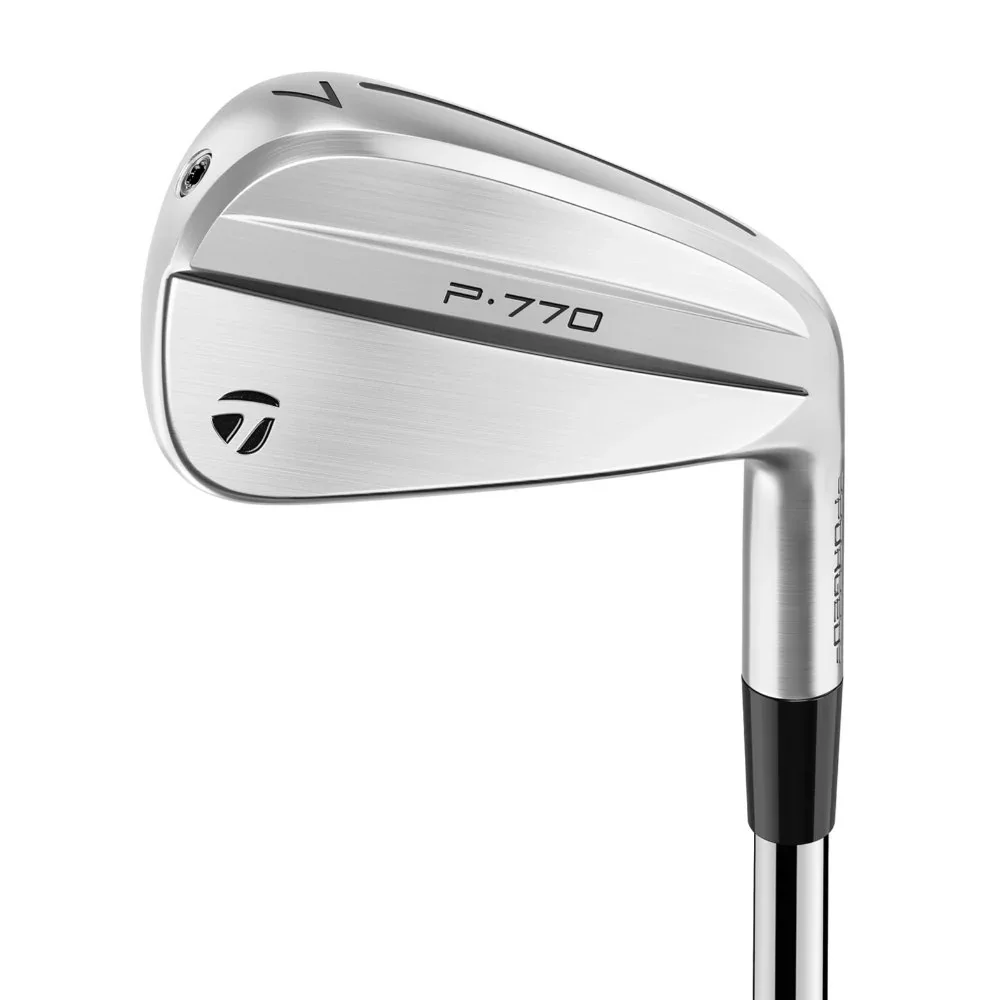
TaylorMade P770 Custom Irons
Out of the shadows
When the P770 was originally released back in August 2020, TaylorMade cleared out its entire inventory of irons in a matter of days — but even that wasn’t enough to slow down demand. After the P770’s initial launch, TaylorMade spent the rest of the season playing catch-up, pumping out their hot new irons to consumers as fast as they could make them.
The slimmed-down little brother to the popular P790 has always been a popular choice for golfers — even if it never quite escaped P790’s shadow. However, things are changing in a big way with the third iteration of P770.
“This is a moment in time to redefine what 770 stands for,” Bovee said. “We’re making changes to take it out of P790’s shadow. This isn’t the junior version of P790 anymore. This is an iron with its own identity for someone who’s looking for a player’s irons with a little bit of performance. It has a completely different attitude than the previous 770, and that’s intentional. There’s no topline feature, as you’ll notice. This one is blade-esque. We wanted to appeal to the better player. Shaping is going to be a big part of that.”
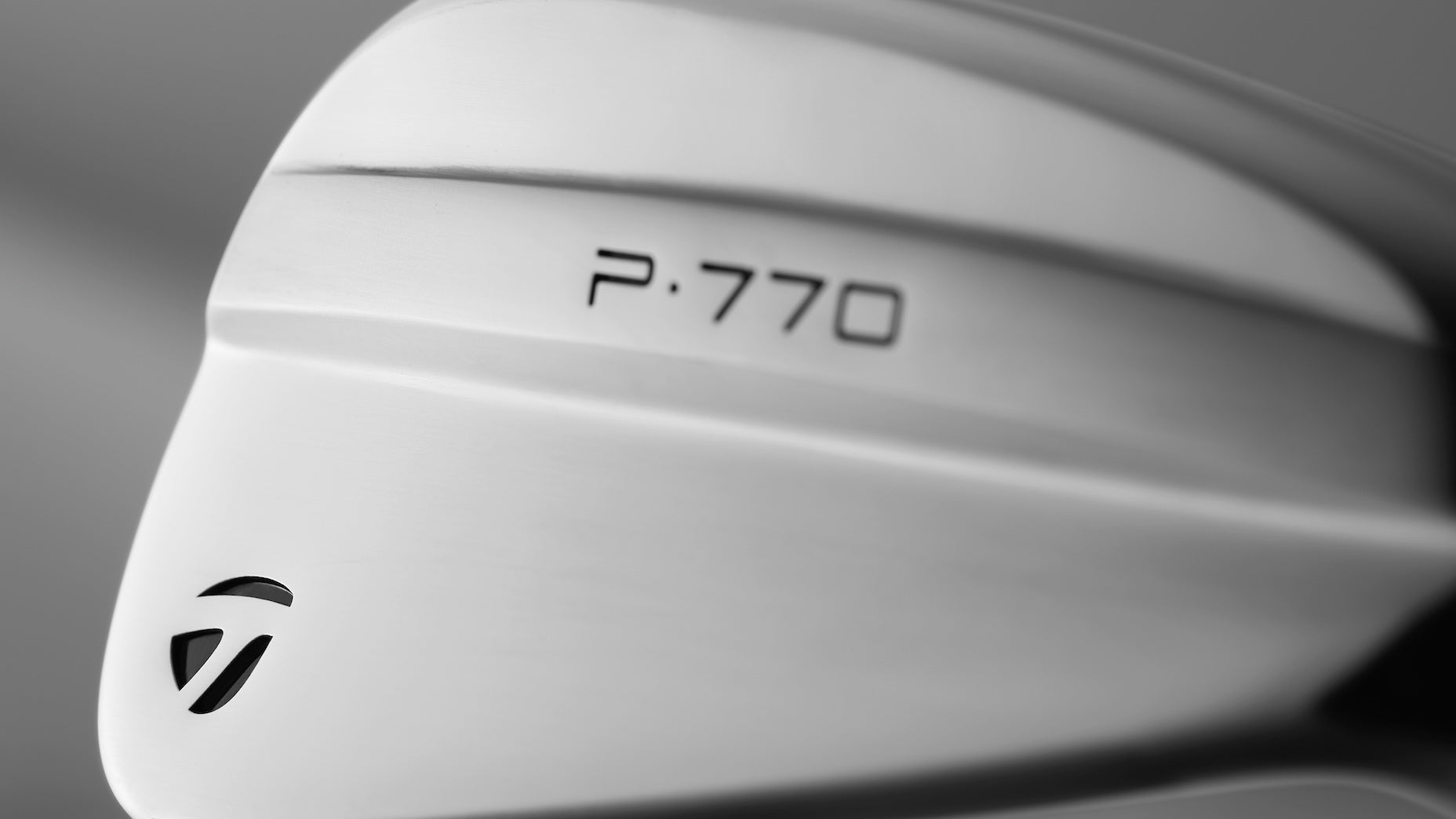
To get P770 out of the P790 shadow, designers removed the high-polish finish and went with a consistent brushed finish throughout. The topline was thinned out to differentiate it even more from P790 — a request Bovee confirmed came straight from the retail marketplace.
“Golfer felt like [the topline] wasn’t thin enough,” he said. “It’s cleaner visually with a sole geometry in the mid and long irons that was completely reimagined. We decreased the leading edge radius to make it a little bit sharper, not as blunt. Lowered it to the ground as well. This allows the iron to get into the ground better and fixes turf interaction.”
The cleaner aesthetics are paired with a Forged 4140 face and heel-toe weighting — with tungsten mass in the toe — to give the iron a better feel at impact with a slight bump in mishit protection that golfers around a 10 handicap and below want to see.
Mix it up
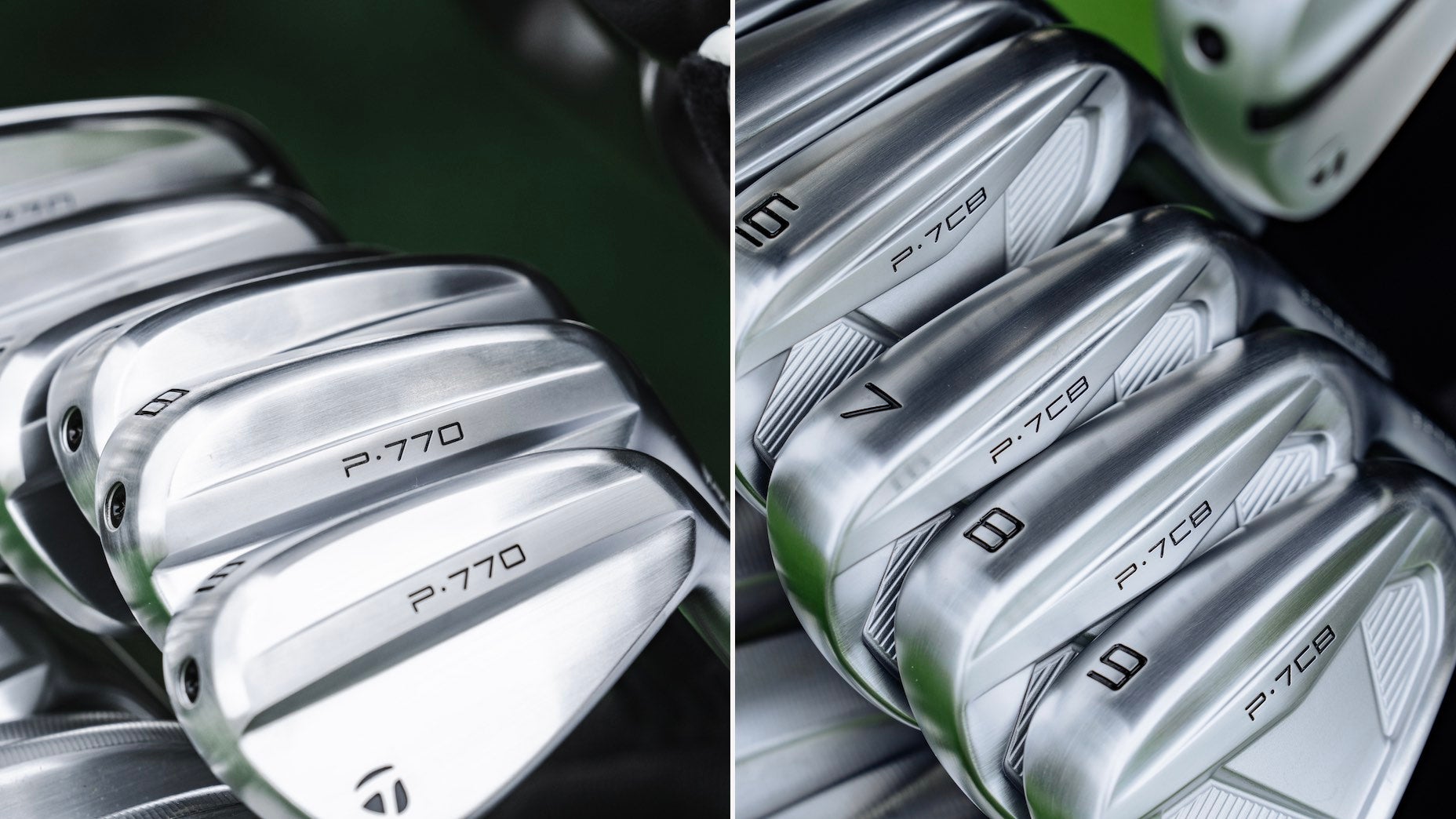
TaylorMade is touting P7CB and P770 as separate products, but that doesn’t mean mixing and matching is out of the question. In fact, Bovee is anticipating golfers will more than likely combine both models to create a blended set for their game.
“We know a lot of people are going to combo CB and 770,” he said. “I think it’s going to happen on Tour as well. We want a similar feeling through the turf and for it to check the box for the better player. Want [P770] to feel like a CB so things stay consistent throughout the set.”
From the 6-iron through pitching wedge, the lofts are practically identical. Lofts change ever-so-slightly in the 3- through 5-iron, but never by more than 1 degree.
“This can go in and out of comboing CB and 770 without having to change lofts much,” Bovee said. “That was intentional. Blended sets continue to grow in popularity and we want to let those golfers know we’re considering their needs.”
Want to overhaul your bag for 2024? Find a fitting location near you at True Spec Golf.



